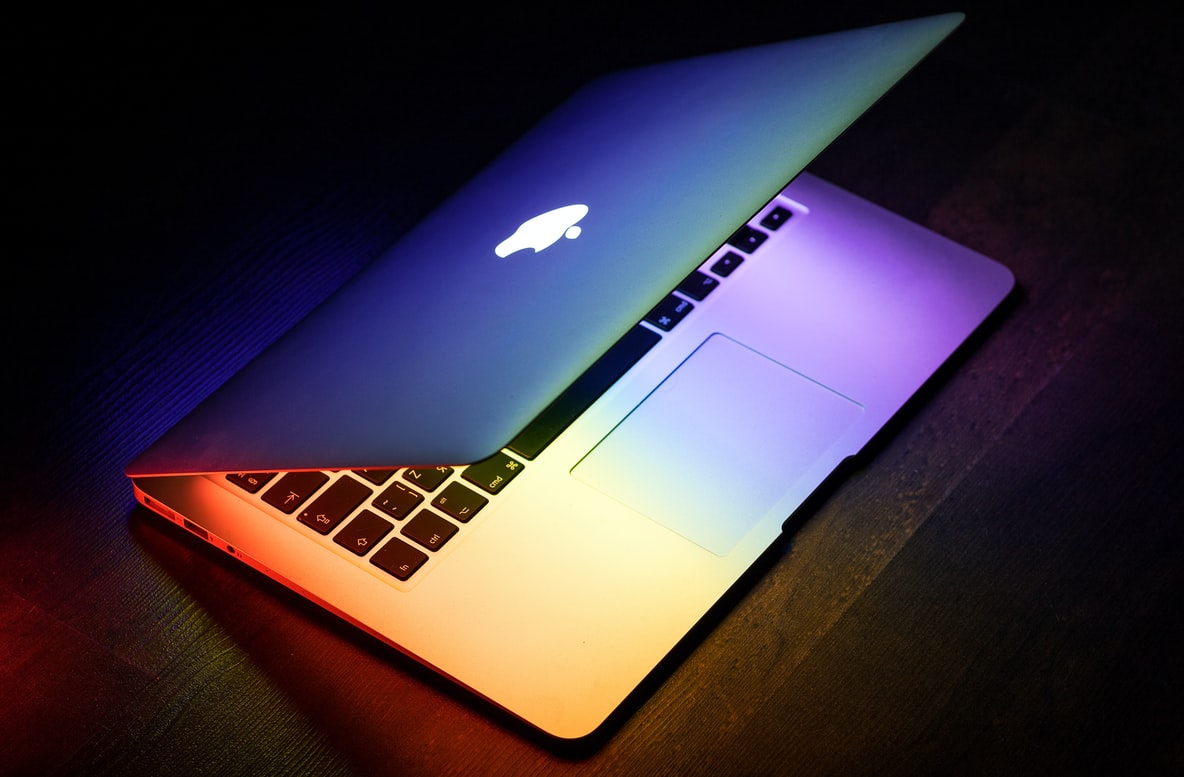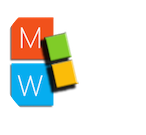
A laptop makes student life a thousand times easier. It is one of the college necessities when it comes to all the study tasks. When choosing a device, it is also important to evaluate the operating system that comes with it.
Operating system controls are the functionality, usability, speed, and available applications. In this guide, you’ll find a comparison of major OS in terms of their suitability for students.
Common Operating Systems
The majority of laptops come with a pre-installed OS. But in some cases, you can buy a computer without an OS and install a new one to your liking. Why is the choice of an operating system so essential? Well, it can make your education smooth and easy or add more trouble.
Various OSs have different functionalities, compatibilities, and third-party integrations. Some software programs are available only for Windows and others for macOS, for example.
Surely, the most common functions students use are writing papers, taking notes, researching, watching videos, or attending online classes. The majority of the time goes to working on college assignments like essays or term papers. And one might not have time to research operating systems and devices.
However, you can delegate written assignments to WritePaper professionals when needed. “I need WritePaper to write a paper for me today. Is it possible?” – one might ask. The answer is yes. Experienced writers can deliver excellent results on short notice.
They offer writing, proofreading, and editing for all types of college assignments. So students can rest assured their essay is polished to the maximum. And they get some free time to consider the best operating systems.
Mainly, there are 4 common OSs now:
- Windows;
- macOS;
- ChromeOS;
- Unix (Linex will be the example).
The first two are the most popular among people. The second ones are less widespread but also have a significant presence on the market. So let’s define these software solutions in detail with all pros, cons, and must-have tools for students.
Windows
Windows is the most popular OS worldwide for a good reason – it is powerful, flexible, and versatile. It can be installed almost on any device. Even on Apple laptops, although it is not recommended or reasonable. So the advantage here is that there is a great choice of laptops for all budgets with this OS.
It has a Microsoft Office package that comes pre-installed with Windows 11. Microsoft Office has everything a student might need in terms of projects, from writing to making presentations or spreadsheets. Another huge benefit of this system is that it works with a huge amount of third-party software.
Almost any program you might need in your studies works on Windows, for instance:
- Adobe Suite;
- CAD solutions;
- 3D modeling tools;
- Video-editing programs;
- Complex calculation software, etc.
Other solutions do not offer such a variety of apps and platforms to access. Nowadays, the system updates twice a year and has a usable and comfortable interface. The interface is intuitive, and the taskbar is customizable.
macOS
This operating system was developed by Apple and is available only on Apple devices. So if you decide on this one, your choice of a laptop will be comparatively more limited. Apple devices also offer less price range lining to high-end options.
Overall, it is very comfortable and intuitive. The interface hasn’t changed, so if you have prior experience with macOS, it will be easy to use. The taskbar is customizable as well. It is solid and powerful software. The downside is, however, that it doesn’t integrate well with a lot of third-party applications. This is particularly essential when you consider professional solutions like CAD or Adobe Suite. Or, if you are into gaming, many games are not compatible with macOS.
Apple has its native applications with similar functionalities. However, the library is significantly smaller than the Windows one. And many Apple applications and solutions are not free. So it is something to keep in mind as well. Yet, some of the native tools are amazing, for instance, Final Cut Pro for video editing.
This system is very user-friendly and intuitive. It offers smooth navigation and great performance. The feedback on macOS is great, but it has its fair share of limitations.
Chrome OS
This system comes mainly with Chromebooks – budget-friendly laptops that are often oriented toward learners. So the first benefit is that one can get a more affordable device with it. It is often used by school students. If you have experience with it, it might be the easiest transition.
It is based on browser performance and internet capabilities. The interface is familiar to anyone who has used the Chrome browser before. The taskbar can be customized, which is a plus. In terms of performance, architecture, and interface, it is a lot like Android.
One of the main advantages is the opportunity to streamline processes, collaborate, and surf the internet effectively.
The downsides of this OS are:
- A limited number of third-party applications;
- Performance is not as great as Windows or macOS;
- A lot of features are not available without an internet connection;
- Less functionality and computing power compared to previous systems.
Although it is an elegant and fast system, it is not the best for a wide range of tasks students might deal with. It is great for school but not for college. Particularly, it might not work with lots of professional programs.
Linux
Linux is the most popular among Unix systems. It can be installed on any device. This OS is used not only for computers but also for cars and home appliances. One of the major benefits is that it is completely free. But in most cases, it doesn’t come pre-installed on a laptop. So you’ll have to install it yourself.
The opportunity to not pay for any licenses is great for students on a budget. However, if you haven’t worked with Unix systems before, there is some learning curve and adjusting. Another huge benefit is that it is fast and protected from malware. Viruses designed for other systems simply do not work on Linux.
It works with many third-party tools; however, the library is not as big as for Windows. And in some cases, you’ll need to make a lot of system adjustments to make it comfortable for your particular needs.
To be honest, it is less user-friendly than the previous three. That’s why it is mostly used by professionals or those who already have experience with it.
Which One is the Best?
Summing up, the most versatile and functional operating system is Windows. Although each one of the mentioned above has its pros and cons. But Windows works on a huge variety of devices; it has an extended library of tools to use and integrates with almost any third-party solution. It is also more budget-friendly than macOS in terms of hardware it comes with and subscription apps.
It supports all the basic functionality students need with Office. And it also supports advanced programs for students in Engineering, Design, Computer Science, or Architecture. However, the choice of OS depends on one’s needs, preferences, and budget.

